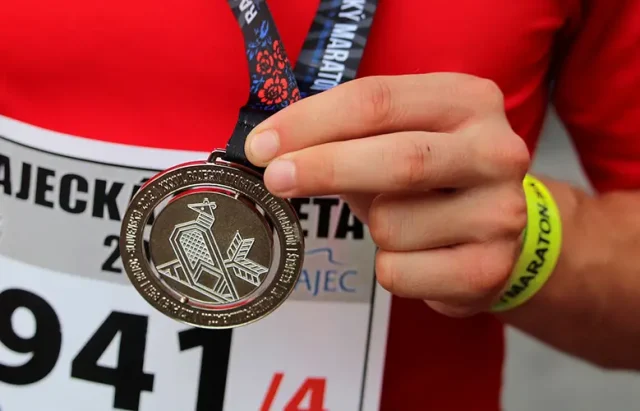
If you’re an avid distance runner, few races are as exciting as the Patagonia International Marathon. Held in one of the world’s most breathtaking and challenging landscapes, it offers runners the chance to push themselves physically while also experiencing the natural beauty of Patagonia. To have the best possible experience come time, there are a few things you have to take care of. In today’s guide, we’ll walk you through everything you have to do to prepare.
1. Planning your trip
The 2024 Patagonia Marathon will take place on Saturday, September 7th. It’s located at Puerto Natales (near the Torres del Paine National Park in the southern tip of Chile) and the nearest major airport to fly into is Punta Arenas.
While the marathon itself takes place a few hundred meters above sea level, Torres del Paine National Park is much higher, at 2,884 meters. If you’re flying in from somewhere much closer to sea level, it’s best to allow yourself a few extra days to acclimate.
- Book your flights and accommodation early to save money
- Research transportation options from Punta Arenas to the final destination (bus, private transfer, car rental)
- Consider purchasing travel insurance in case of unforeseen circumstances
2. Training for the race
This marathon is challenging, with varying terrain and changing elevation. Start your training at least 12 to 20 weeks prior to the race. Incorporate long runs, interval training, and hill workouts to build endurance and strength (hiking helps a lot as well). You should also schedule rest days to allow your body to recover.
- Consider working with a coach for a personalized training plan
- Practice running on different types of terrain, especially light trails and hills
- Gradually increase your mileage each week to avoid potential injury
3. Packing the essentials
As the race takes place in an outdoor setting in the southernmost region of the world, you’ll want to pack accordingly. Here are some must-bring items with you to Chilean Patagonia:
- Proper trail running shoes with good traction and proper cushioning
- Layers, including a waterproof windbreaker, full-length running tights, gloves, and a hat or bandana
- A hydration pack (e.g., CamelBak) or water bottle to stay hydrated during the race
- Sunscreen and sunglasses to protect against harsh sun exposure
4. Race day preparations
On race day, make sure to give yourself plenty of time to get to the starting line. The race starts at 06:20 a.m., and you’ll need to arrive early for check-in and any last-minute preparations.
- Eat plenty of carbohydrates the day before your race to ensure your glycogen levels are high enough
- Have a nutritious breakfast at least two hours before the start of the race (that isn’t too big)
- Use the restroom before the race to avoid any discomfort during your run
- Warm up properly with dynamic stretches and a light jog
- Have all necessary items ready, including your bib number, timing chip, and hydration pack
It helps to start at a slower pace to allow your body to warm up, get used to the terrain, and adapt to any changes. That way, you won’t expend too much energy at the beginning of the race.
5. Post-race recovery
Once you cross the finish line, you’ll receive a well-deserved medal. Beyond that, caring for your body after such a strenuous activity is crucial.
- Stretch to cool down and reduce muscle soreness
- Refuel with a nutritious meal containing carbohydrates, protein, and healthy fats
- Use ice or cold water immersion to reduce inflammation in your muscles
- Allow your body time to recover before engaging in strenuous activity again
Endnote
The Patagonia International Marathon is an unforgettable experience that will challenge you both physically and mentally. By preparing effectively using the guide above, you’ll set yourself up for a successful run and a truly memorable adventure in Patagonia.





